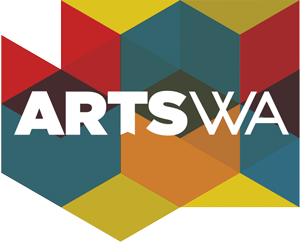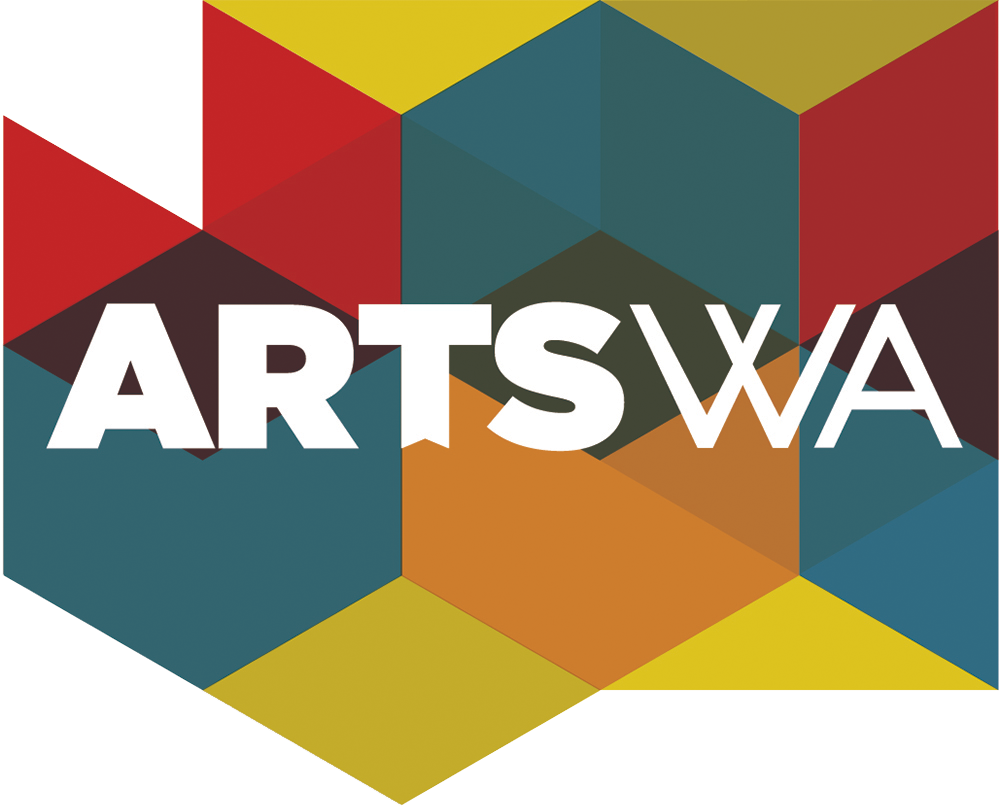Prehistoric Post Office, 1982
Carl Chew
(American, born 1948)
Location: Western Washington University, Bellingham
ABOUT THE ARTWORK
Prehistoric Post Office by Carl Chew features a detailed and fantastical scene of tools, books, and objects scattered across a table. Chew is well-known for his art "postage" stamps that look like stamps, but are not "real" stamps. He created this scene inspired by questions such as "What kind of post office did cavemen use? What did their stamps look like? How did they design and make stamps?" The result is this desk for making stone stamps.
This artwork was acquired for the State Art Collection in partnership with Department of Corrections.
ABOUT THE ARTIST
Carl Chew creates artworks that tell stories in a variety of materials, including art "postage" stamps, wool rugs, prints, and more. His artworks are characterized by their pop style, humor, and bold colors. In his own words, "I like to come right up to that edge where you’re not sure if you’re seeing fiction or not-fiction." He calls himself "The World’s Most Famous Unknown Artist."
Chew earned a Bachelor of Science degree in zoology (1969) and a Master of Fine Arts degree (1975) in printmaking and video from the University of Washington in Seattle. From 1985-2000, he ran The Contemporary Carpet Center, a rug factory in Nepal that made rugs for himself and other artists. From 2001-2017, he taught middle school science for Seattle Public Schools. He is based in Seattle.
ARTWORK DETAILS
| Material Category | Work on paper - print |
| Medium | Drypoint engraving |
| Dimensions | 31 3/8 in x 43 1/4 in |
| ID Number | WSAC1983.085.000 |
| Acquisition Method | Direct purchase |
| Artist Location | Washington, United States |
Location Information
| Agency | Western Washington University |
| Artwork Location | Western Washington University Temporarily not on display. |
| WA County | Whatcom |
| Placement | Interior |
| Site Type | University |
| Address | 516 High St. Bellingham, WA 98225 |
| Geo. Coordinates | 48.737619, -122.486768 |
| Before Visiting | Some artworks may be located in areas not accessible to the general public (especially in K-12 public schools). Consider contacting the site prior to a visit to ensure access. |
| Map |
Related







_Edited.jpg)